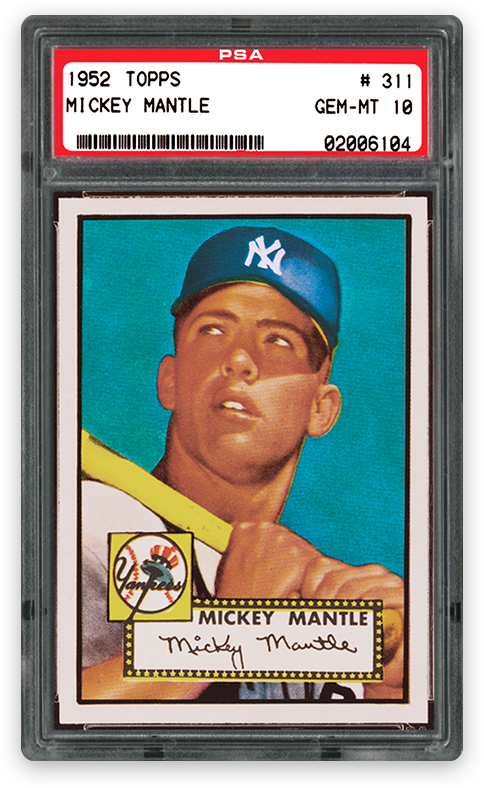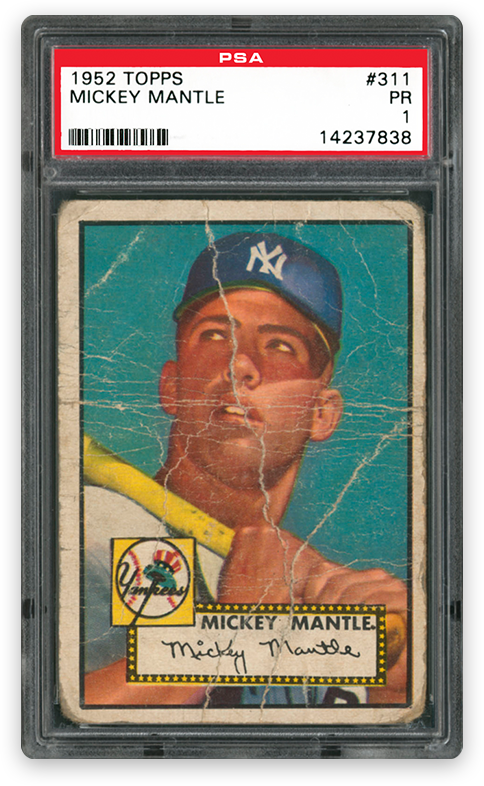If someone experiences a personal injury due to the negligence or intentional actions of another party, the legal system allows...
Wayne Gretzky Rookie Card Sells For $465,000
Wayne Gretzky, considered by many to be the greatest hockey player who ever lived, just made someone a lot of money; and all he did was allow his picture and name to be printed in a factory on a piece of cardboard-like paper. His 1979 O-Pee-Chee rookie card just sold at auction for $465,000, five times more than the previous high for a similar rookie card of his. It’s unfathomable to most why anyone would pay so much for a single card, but to collectors, these are viewed through the same lens that an art enthusiast might view a rare Monét.
Better image of the OPC Wayne Gretzky RC (PSA 10) that sold for $465K. It is more than 5x the previous record price pic.twitter.com/mtE0cmXOqp
— Cardboard Connection (@sportscards) August 5, 2016
Believe it or not, this is not the first time Wayne Gretzky’s name has been attached to a card that has fetched an obscene amount of money. Gretzky used to be the owner of a 1909 T-206 Honus Wagner card, which sold at auction nine years ago. It was bought by Ken Kendrick, owner of the Arizona Diamondbacks, for $2.8 million, the highest price ever paid for a single card. However, this card, known as “the Gretzky Wagner,” has been mired in controversy. Bill Mastro, a notorious memorabilia dealer, admitted to trimming the edges of the card to make it look better and increase its value.
The card trading business has become just that; children don’t pin them to the spokes of their bicycle tires anymore, and the cards themselves now come in a variety of shortprints, memorabilia pieces, and refractors. All of this, if you care to read further, will be explained in a minute. It all has to do with what determines a card’s value. Why on earth would someone be willing to pay hundreds of thousands of dollars for a card?
How is a card graded?
The Gretzky rookie card sold for so much because it was graded as a 10 Gem Mint by Professional Sports Authenticator (PSA), the highest possible grade that can be given to a card. PSA has a clearly defined, closely followed system for grading, which can be given on a point scale from 1-10. The details of which are visualized on their site, but here are a couple of examples:

Image from PSA.com
To date, only three Mickey Mantle 1952 Topps rookie cards graded as a 10 exist in the world. You can see why it would be given the highest grade; the image is perfectly center cut on the white border. There are no scuffs, scratches or stains of any kind, and the corners are so sharp it may as well have been pulled from the pack yesterday. Contrast this with a Mantle that has been given a grade of 1 Poor:

Image from PSA.com
The damage done to this card is readily apparent. Not only was it probably pinned to the spokes, it was likely left out in the rain and allowed to be played with by the owner’s baby brother. There are many variants that would produce a grade between one and ten which we have already covered: corners, appearance, stains, centering. With vintage cards of this nature, centering is the key to determining whether you may have a valuable card on your hands.
This is because until the 1980s, cards and the images on them were essentially produced by hand, which is why you’ll see so many cards from the 50s, 60s and 70s with off-center pictures. On top of hurting the grade you may get, the value of your card will significantly decrease. To continue with the Mantle example, the highest price ever fetched for his 1952 Topps rookie card is $525,800, which was paid for a card graded as an 8 Near Mint. If one of the three 10 Gem Mint cards is ever put on the market, it is not out of the realm of possibility that the card sells for more than $1 million, and many even predict that the card could surpass the T206 Honus Wagner in value.
why are these cards worth so much?
This can be summed up in one word: scarcity. Supply and demand is Economics 101 and most understand the concept, but when it comes to card collecting, scarcity is paramount in determining value. With the Mantle ’52 Topps card, the story goes that somewhere between 300-500 sets of 1952 Topps were dumped into the ocean by its creators. They did this to make room in their warehouse for upcoming cards, as they couldn’t even give away their ’52 set. In hindsight, this hurts to read, but at the time, baseball cards were only for little kids, and kids only cared about putting them in their bike spokes, not keeping them in good condition.
Centering, condition and scarcity; these are the rules of thumb when it comes to determining how much your card might be worth. For these reasons, getting the card graded may actually hurt the value of the card if it’s given anything less than an 8 or a 7 Mint. Collectors sometimes prefer cards that are ungraded as well, so that they may get it graded themselves and potentially up the value. These two things may sound contradictory, but the card trading business can sometimes be rather fickle.
Vintage cards still earn the most money, but these can take away the excitement many people still feel by opening a pack. Topps and Upper Deck understand this, so in the past 20 years cards have grown to include pieces of game-used memorabilia such as jersey, bats and even cleats. On top of this, these cards can come in book-form and include signatures. For example, a Michael Jordan game-used jersey card signed and hand-numbered to 23 sold for $60,000 on eBay.

Image from eBay.com
A couple of things about this card and why it sold so high: one, the signature is on-card. Many times the signature is on a sticker which is then placed on the card, which will hurt the value from a buyer’s perspective. Second, it’s a short-print. Only 23 of these cards exist in the entire world. Something that could have helped it sell for more is if the jersey had a red stripe or even a piece of a letter from his name. The fact that it’s a plain white section may have cost the seller a few thousand dollars. Another thing that could help the value is if the print number was 23/23, since this was Jordan’s number for most of his career. This same card is currently on sale at eBay for $1.5 million.
There are many cool things that card companies are doing to keep interest high, and the hobby has never been more lucrative. The downside is, you either have to have large capital to invest or get extremely lucky and pull a 1/1 refractor, otherwise you may find potential buyers low-balling you. High-end auction houses and even eBay take a percentage of the card’s sale if it earns a high value, but it will still make the seller a lot of money. However you choose to collect, it’s an enjoyable hobby that never fails to leave one feeling like a kid.
*Featured image from Jfvoll via WikiCommons
-
dear Clausen
I have a perfect mint Wayne Gretzky card..Opee Chee 1979-1980 card…..I had 4 of them and back in 1990 sold one for $700 CDN but I have kept the best card for last….If anybody saw this card its in the hundreds of thousands US…..is it better to go by a auction or how do I sell it for top dollars…..I started collecting sports cards back in the 60’s and also have a Nolan Ryan rookie card too…..I reason to sell is I’m now a retired Firefighter in Montreal…..Canada…..where do I go whom do I see….BTW..my first experience selling some of my sports cards I sold to 3 americans not knowing there true value I sold about 150 cards baseball hockey and was given $175 US..i thought it was fair I only paid pennie each so $1.50 for 150 cards….a month later I bought a book called BECKET and jesus I was robbed of $6,000 US which is $10,000 CDN…so I learnt a lesion the hard way….I want a fair price for true value…..
